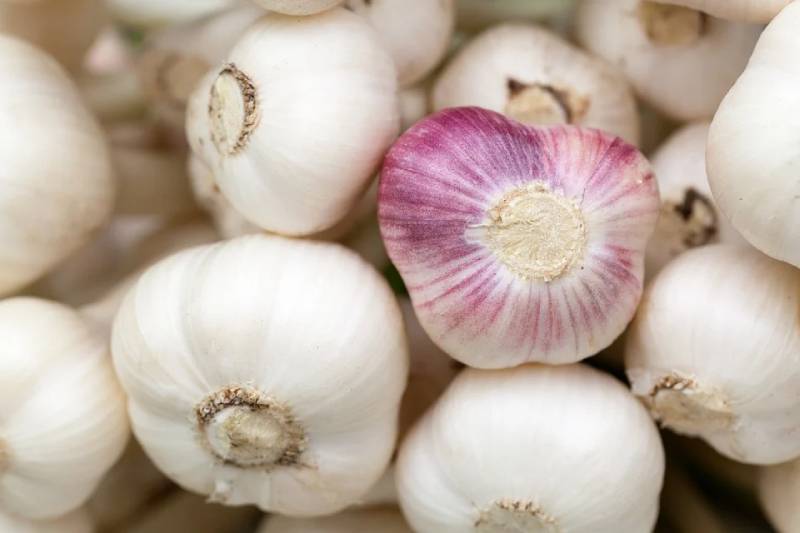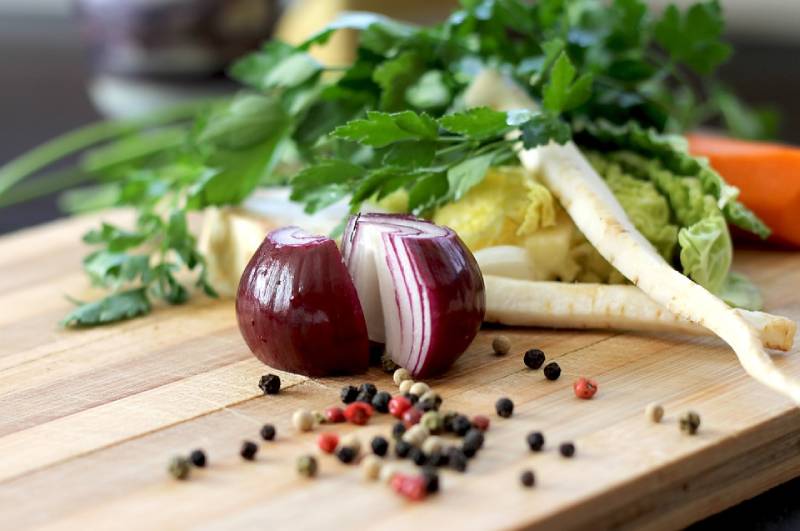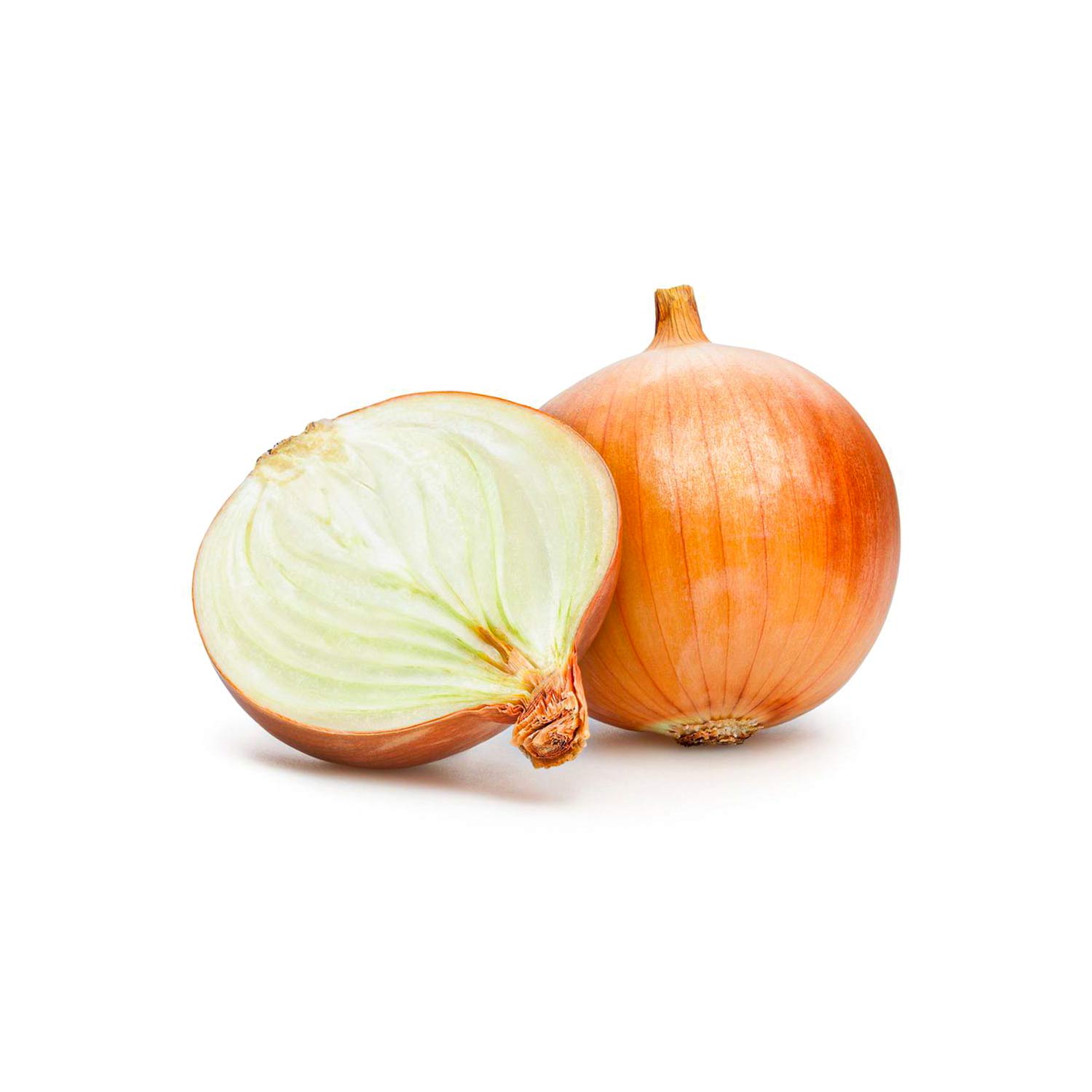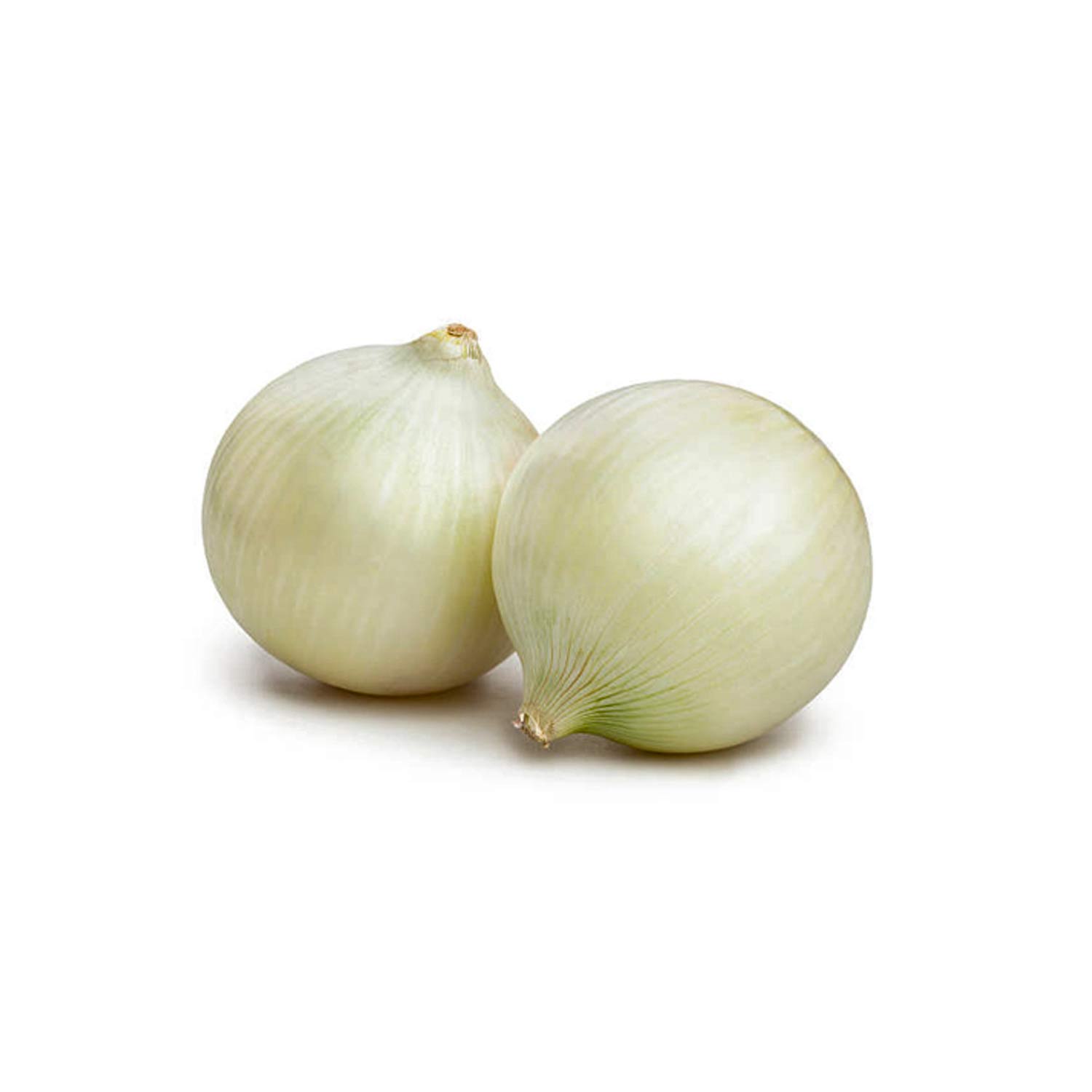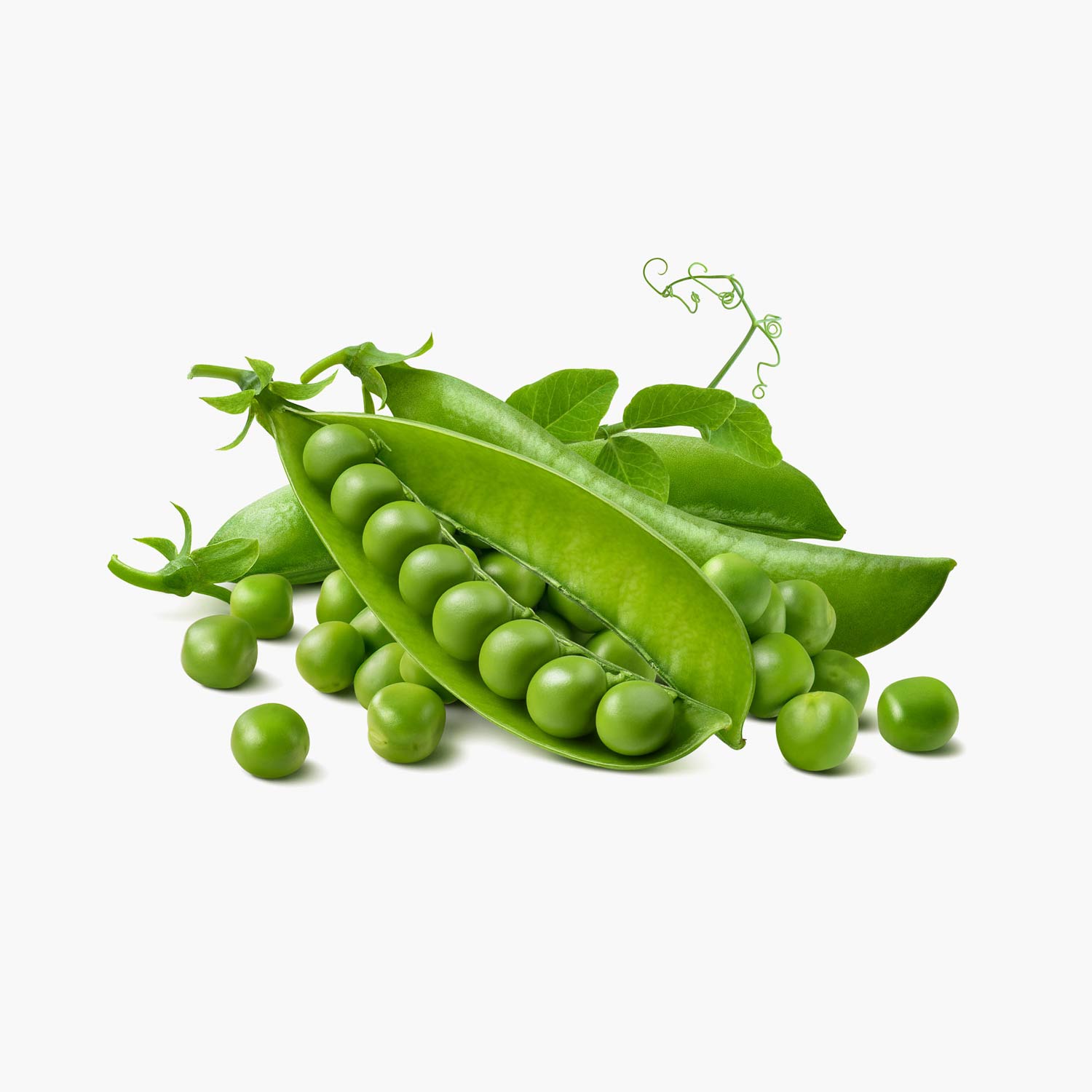A Comprehensive Guide
A Step-by-Step Guide to Importing Strawberries to India
Strawberries are increasingly popular in India due to their rich flavor, vibrant color, and nutritional value. If you want to import strawberries into India, whether for business or personal use, it’s essential to understand the process. This guide outlines each key step, helping you stay compliant with Indian regulations and deliver fresh strawberries to the market efficiently.


Why Import Strawberries to India?
India’s demand for strawberries has surged in recent years. Although the country produces strawberries locally, mainly in regions like Mahabaleshwar, local harvests do not meet year-round demand. Consequently, importers are turning to international markets to source premium varieties.
Furthermore, importing strawberries from countries like the U.S., Spain, or Egypt allows access to better shelf life, taste, and quality. By meeting consumer expectations for freshness and variety, you can build a profitable business.
Key Requirements for Importing Strawberries to India
1. Obtain an Import-Export Code (IEC)
To start, you must obtain an Import-Export Code (IEC) from the Directorate General of Foreign Trade (DGFT). This code is mandatory for all import activities in India. Thankfully, the application process is online and relatively quick.
2. Secure an FSSAI License
Since strawberries are perishable food items, you need a license from the Food Safety and Standards Authority of India (FSSAI). This license ensures your imports meet food safety regulations. Moreover, all labels and packaging must follow FSSAI’s guidelines.
3. Get a Phytosanitary Certificate
The exporting country’s agricultural authority must issue a phytosanitary certificate. This certificate confirms that the strawberries are free of pests and diseases. When your shipment arrives in India, it undergoes inspection by the Plant Quarantine Department to ensure it complies with biosecurity standards.
4. Complete Customs Clearance
Before releasing your shipment, Indian customs authorities require you to file a Bill of Entry. This document includes details such as the product’s quantity, origin, and declared value. Additionally, import duties and taxes must be paid. To prevent delays, make sure that all paperwork is accurate and complete.
Step-by-Step Process to Import Strawberries into India
Step 1: Identify a Trusted Supplier
Begin by identifying reliable strawberry exporters from countries with favorable climates and food safety systems. Choose suppliers who offer consistent quality and understand Indian import requirements. After selecting a supplier, confirm pricing, volume, and delivery schedules in writing.
Step 2: Plan Shipping and Cold Chain Logistics
Because strawberries are fragile, you must maintain a cold chain throughout the shipping process. Use refrigerated containers to ensure the fruit stays fresh.
Air freight is quicker but more expensive.
Sea freight is more economical, but slower.
Depending on your budget and urgency, choose the best mode of transport.
Step 3: Organize All Required Documentation
Well before the shipment arrives, prepare the following documents:
Import-Export Code (IEC)
FSSAI license
Phytosanitary certificate
Commercial invoice
Packing list
Certificate of origin
Bill of Entry
To reduce errors, consider hiring a licensed customs broker who can assist with document filing.
Step 4: Clear Indian Customs and Quarantine
When the strawberries arrive, they must pass both customs and quarantine inspections. If everything is in order, customs officers will approve the release. However, if documents are missing or the quality doesn’t meet standards, authorities may reject the shipment.
Therefore, ensure strong coordination with your customs agent and be ready to respond quickly to inspection findings.
Key Tips for Successfully Importing Strawberries
Partner with experienced exporters: Select suppliers who are familiar with Indian standards and can meet documentation needs.
Maintain the cold chain at all times: Since strawberries spoil quickly, refrigeration is essential from harvest to delivery.
Stay updated with Indian regulations: Because laws change frequently, monitor updates from DGFT and FSSAI.
Work with logistics experts: By partnering with professionals, you avoid delays and ensure proper temperature control.
Conduct a final quality check: Before distributing, inspect the strawberries to confirm freshness and appearance.


